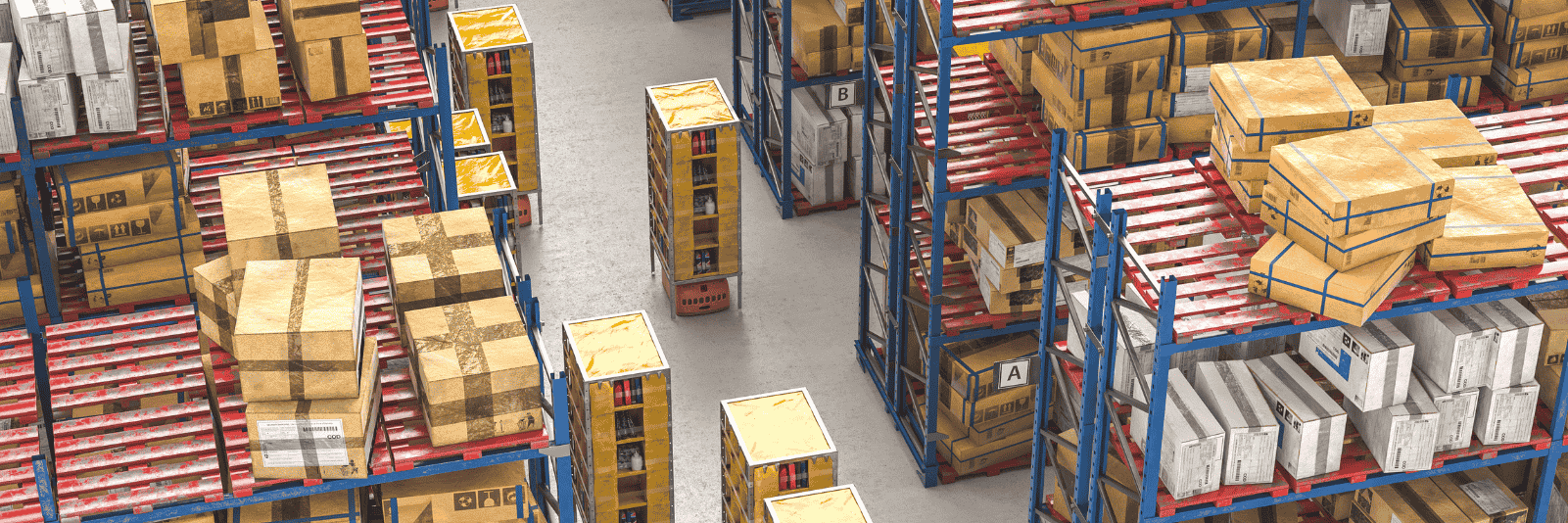A multi-level Bill of Materials (BOM) is a hierarchical structure that details the components, subassemblies, and assemblies needed for the final product. It organizes parts in a tree-like format where the top level represents the finished product, and each lower level delineates increasingly detailed subassemblies and individual parts. This structure helps visualize relationships and dependencies, such as which components must be assembled before others.
In complex industries like aviation and maritime, multi-level BOMs are essential for managing the intricate assemblies and parts involved. However, building and maintaining multi-level BOMs presents challenges such as managing vast amounts of detailed data, ensuring up-to-date version control amid frequent product revisions, and integrating BOM data accurately with ERP and MRP systems to avoid errors and miscommunication.
Understanding Multi-Level Bill of Materials (BOM) Hierarchy
A Multi-level Bill of Materials (BOM) is a hierarchical representation of all components, subassemblies, and raw materials required to manufacture a final product. Unlike single-level BOMs that simply list components in a flat structure, multi-level BOMs capture the actual assembly relationships, showing not just what parts are needed, but how those parts fit together and which components depend on others.
The structure resembles a family tree, with the finished product at the top (Level 0), major assemblies or subassemblies at Level 1, and progressively smaller components at subsequent levels. For example, in aerospace manufacturing:
- Level 0: Complete aircraft engine
- Level 1: Compressor assembly, turbine assembly, combustion chamber
- Level 2: Individual blades, casings, fuel injectors
- Level 3: Fasteners, seals, specialized materials
This hierarchical approach provides comprehensive visibility into the supply chain, enabling accurate inventory management, cost estimation, and demand forecasting. Each level details all components that are directly or indirectly used in the production of a parent item, creating a clear roadmap of dependencies and relationships.
Why Multi-Level BOM Matters for Project Cost Management
Here are some of the ways a well-constructed multi-level BOM supports better cost management:
- Component-level cost visibility: Because each part or subassembly is represented and valued, you can roll up the cost from the lowest level (raw materials, purchased components) through subassemblies to the top. This lets you see which subsystems or parts contribute most to cost, and thus where cost optimization efforts should focus.
- Accurate Estimates and Quoting: When you have a hierarchical BOM, you can produce more precise cost estimates for new projects or variants by summing detailed costs. You avoid “ballpark + buffer” guesswork.
- Change impact analysis/ Engineering change control: In complex systems, design changes in one subassembly may cascade costs elsewhere. With a multi-level BOM, you can more easily trace dependencies and simulate the impact of change before implementing it. This avoids costly surprises mid-project.
- Better resource & inventory planning: You can plan purchasing, stocking, and lead times for each component in the hierarchy. By knowing where bottlenecks or long-lead parts lie, procurement can be staged or mitigated. Also, you avoid overstocking or understocking intermediate components.
- Traceability, audit, and compliance: In regulated sectors like aerospace or maritime, traceability of parts (serial numbers, lot numbers) is critical. A multi-level BOM, when integrated with quality systems, gives you a documented lineage of every part from raw material through assemblies. That helps for certification, audits, recalls, or defect root cause analysis.
- Cost control and variance analysis: During project execution, you can compare actual costs vs. baseline BOM-based estimates at each level. Deviations can be flagged early (e.g. a subassembly costing more than planned), and corrective action taken.
- Support for variant / configuration management: Many aerospace or maritime systems have variant options (optional modules, different subsystems). A hierarchical BOM allows you to manage these variants cleanly, reusing shared subassemblies and tracking differences.
Challenges in Building & Maintaining Multi-Level BOMs
While the advantages are compelling, building and maintaining multi-level BOMs in complex industries is a non-trivial task. Some of the key challenges include:
| Challenge | Explanation and Risks |
| Data complexity & volume | The number of parts and subassemblies can become enormous, with thousands or even tens of thousands of nodes. Managing that many relationships, versions, and interdependencies is inherently complex. |
| Consistency & Duplicate Definitions | A part or subassembly may appear in multiple places; ensuring that its specification, revision, cost, and other attributes remain consistent is difficult. |
| Frequent Engineering Changes | In industries like aerospace, designs evolve continuously. Ensuring that changes propagate correctly (and that old BOM versions are retained for traceability) is a challenge. |
| Revision Control & Configuration Management | You must maintain multiple BOM versions (for different revisions, configurations, or model years) while preventing incorrect mixes of parts. |
| Cross-discipline coordination | As BOM depth increases, performance (querying, editing) can degrade unless the system is well-architected. |
| Integration with Other Systems | The BOM must link with ERP, PLM, purchasing, quality, and costing systems. Ensuring data integrity and a “single source of truth” is difficult. |
| Rolling up costs & allocations | Aggregating costs upward across levels, especially if different cost models or allocations (labor, overhead, waste) are used, can be complex. |
| Performance / scalability | The BOM must link with ERP, PLM, purchasing, quality, and costing systems. Ensuring data integrity and “single source of truth” is difficult. |
Some of these challenges are particularly acute in aviation / maritime because:
- The regulatory demand for traceability, certification, and change control is stringent.
- Many parts are specialty, long-lead, or custom, so procurement risk is high.
- Projects tend to be long (years), so version control over time is more demanding.
- Supply chains are global and tiered (suppliers of suppliers).
How OAE Supports Multi-Level BOM Management and Cost Control
OAE’s advanced estimation feature provides comprehensive functionality specifically designed to address the challenges of multi-level BOM management in complex industries:
It supports sophisticated variable-based estimation models that accommodate the hierarchical nature of multi-level BOMs. The platform allows estimators to configure multiple rate cards, labor roles, and material costs across different assembly levels, ensuring flexible and accurate pricing that reflects real-world project conditions.
Projects spanning multiple years are fully supported through OAE’s period-based functionality. Users can create periods for projects that span multiple years, enabling work items, rate cards, and reporting to be assigned to the entire project globally or to specific periods. This capability is essential for managing long-term aviation and maritime projects where component costs, labor rates, and regulatory requirements may change over time.
The platform eliminates version control headaches by enabling multi-user collaboration within a secure, permission-based environment. Estimators, project managers, and subcontractors can seamlessly contribute and update estimates in real-time, keeping teams synchronized and data consistent.
OAE supports multiple rate cards per effort, providing default structures or customizable configurations that allow for various pricing approaches per effort, material, or labor role. This flexibility enables estimation management to optimize margin calculations across different levels of the BOM hierarchy.
The Strategic Value of Multi-Level BOMs in Project Cost Management
Multi-level BOMs serve as more than just component lists—they function as comprehensive financial maps of the product creation journey. In complex industries like aviation and maritime, where products involve highly detailed and custom BOMs with multiple levels of subassemblies and components, effective multi-level BOM management becomes critical for maintaining competitive advantage.

